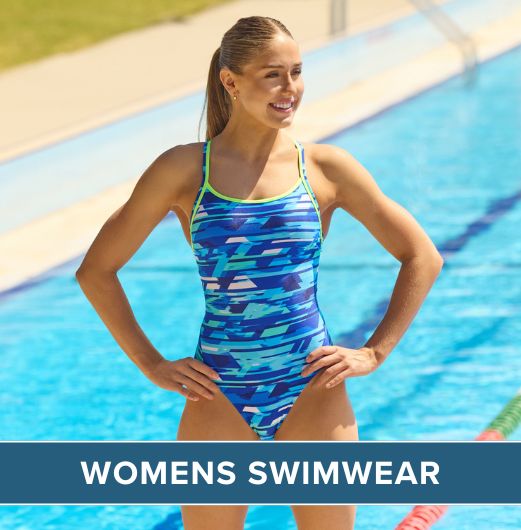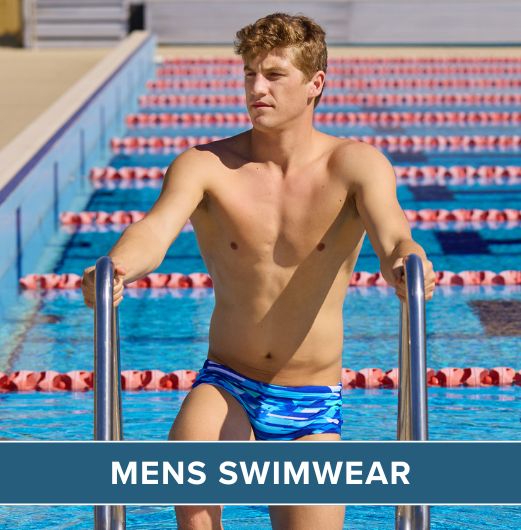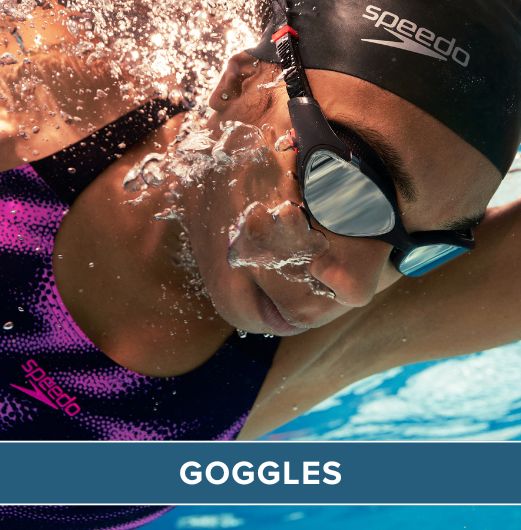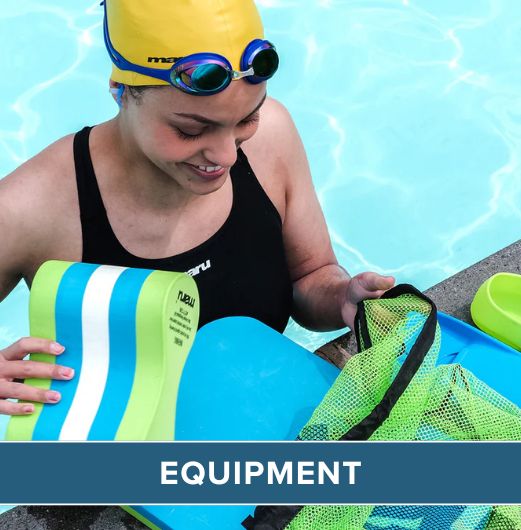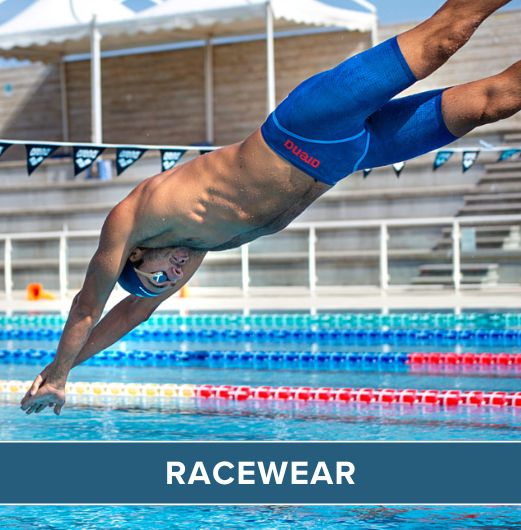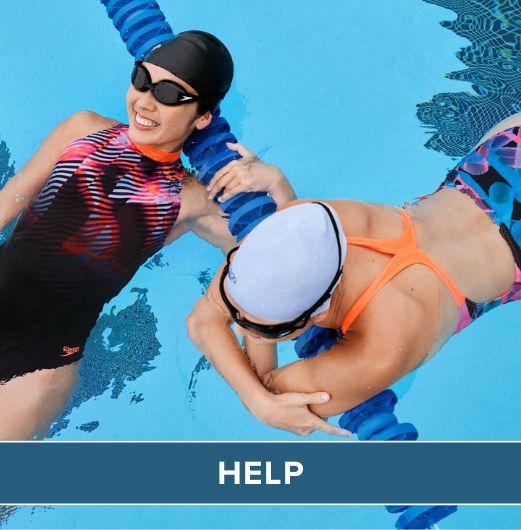Master Your Swimming Stroke: Butterfly
Swimming butterfly is one of the best cardiovascular exercises that you can take part in if swum effectively and efficiently, otherwise it tends to be a very anaerobic stroke for beginners and intermediates due to the efforts levels required. In general, swimming not only increases your lung capacity, but it improves the ability of your heart to pump blood around your body. This is the case even if you swim as little as once a week. However, many swimmers tend to get stuck in a rut and fail to improve their technique. This means that the body gets used to the workload being asked of it and you stop improving your fitness. A good tip is to switch to a more demanding stroke, such as butterfly. Even if you swim butterfly regularly, there are plenty of tips you can learn which will improve your technique, helping you to master it.
The Basics
For beginners with the stroke, it takes a few sessions to get your rhythm right. Start out swimming widths before progressing to the full length of the pool. Because it is harder to learn than the other common strokes, swimming teachers tend to introduce it last, so don’t be put off a few hiccups along the way if you are teaching yourself.
Firstly, practice the butterfly kick whilst holding a float out in front of you but beware of doing this too often or for prolonged periods as it can put strain on your back. Mastering the kick is the essential to learning how to adapt to the movement of the butterfly stroke. Your legs should stay together behind your in a sort of mermaid position. Kick downwards in the water in wavelike motion. Now bring your legs back up in a fluid movement, together, ready for the next kick down. Imagine you are wearing flippers with your ankles tied together or that you are kicking like a dolphin would, with movement starting from the hips and waving down your legs to your toes.
Once you are confident, progress with your hands. Rotate your arms in a forward motion either side of you so they reach out and pull back together, unlike crawl, where they go left-right. As you kick down and your head breaks the surface, reach out forwards with your arms above the water. Once you have snatched a breath, tuck your chin in so it sits in contact with your chest because this will help you to lift your arms higher, making you reach further. As your head falls, your hands will hit the surface. Now make a big swooping motion in circles that push the water backwards, propelling you forwards, arms pushing straight back, very similar to in the front crawl.
Mastering Your Technique
Once you have got the basics and can swim a few lengths, try some advanced techniques to help smooth your stroke out and improve your efficiency in the water. Remember that your arms should start at the back of you to begin with and then emerge from the water simultaneously. Once out of the water, bring your hands together directly in front of you. As you push through the water once again, your hands should separate naturally, ready for the next stroke.
When kicking, try alternating with a normal kick and a big kick. This means that one kick should be timed to for when both your hands go into the water ahead of you. The next kick in the cycle should be the larger one, which raises your body up ready for the next breath. Avoid using a kickboard when training for butterfly as this produces the wrong body position and actually worsens your technique.
Competitive Swimming
When swimming butterfly competitively, as opposed to training, you must remember to complete the race with a two-handed touch at the side of the pool. If you don’t demonstrate a two-handed finish then a disqualification is likely. Another thing to remember is to avoid open turning. Instead, touch in with both of you hands and lift one of your arms over your head whilst pulling through the water with your other one. This should mean you gain momentum for the next length and quickly return your body to the optimal position, ready to resume your stroke technique.
 Free Tracked UK Delivery
Free Tracked UK Delivery Hassle Free Returns
Hassle Free Returns Next Working Day OPTION
Next Working Day OPTION Found It Cheaper?
Found It Cheaper?




